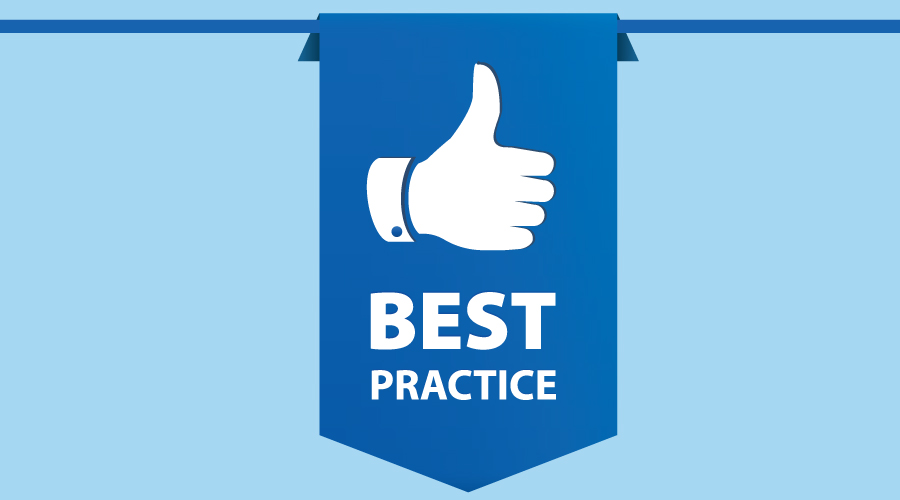Health Care Nonprofit Corporate Governance: Best Practices and Key Takeaways
- July 01, 2022
- Michael Paulhus , King & Spalding LLP
- Michelle Huntsman , King & Spalding LLP

In recent years, regulatory enforcement actions in the health care industry have reached new heights. In 2020 and 2021, the U.S. Department of Justice (DOJ) intervened in 675 and 598 qui tam litigations respectively.1 Additionally, the risks associated with potential corporate noncompliance have continued to mount. By way of example, in February 2022, the DOJ announced that it had obtained over $5.6 billion in settlements and judgements from civil cases involving fraud and false claims against the government in 2021.2 The DOJ emphasized that this recovery is the second largest annual recovery in False Claims Act history. In this time of increased scrutiny, which includes enforcement actions by the DOJ, the Department of Health and Human Services Office of Inspector General (HHS-OIG), state attorneys general, and many other federal and state agencies, health care nonprofit organizations must be knowledgeable in (1) the role of the nonprofit corporation’s board of directors in developing a compliance framework, (2) common compliance issues faced by health care nonprofit organizations, and (3) how to best address potential instances of noncompliance through strategic compliance frameworks. While this article addresses these topics and offers guidance applicable to nonprofit entities that provide health care services, such as hospitals, it focuses on operational guidance for affiliated foundations and charitable arms of nonprofit providers or for-profit enterprises.
ARTICLE TAGS
You must be logged in to access this content.